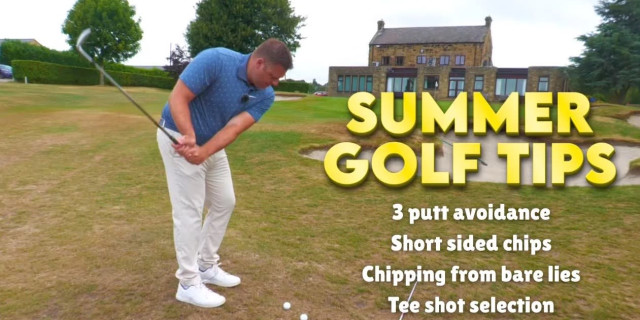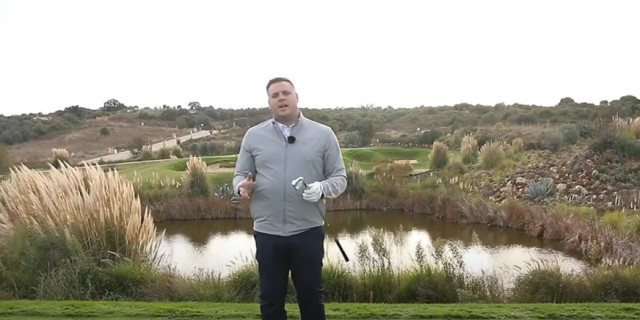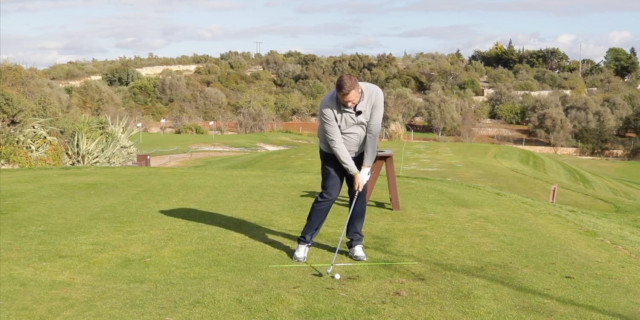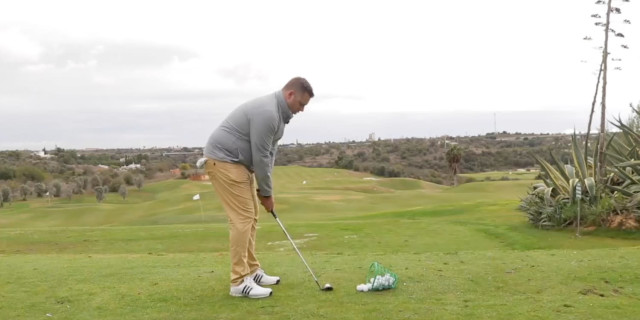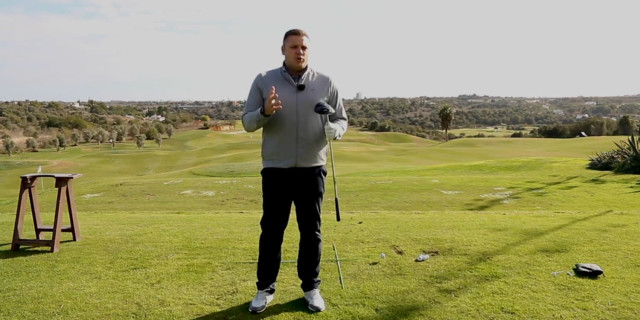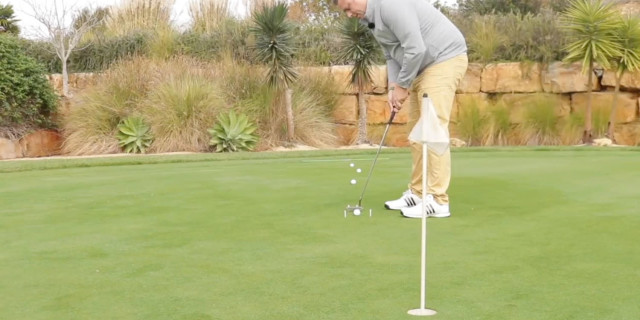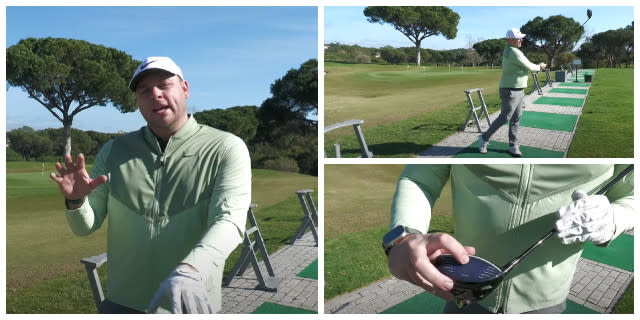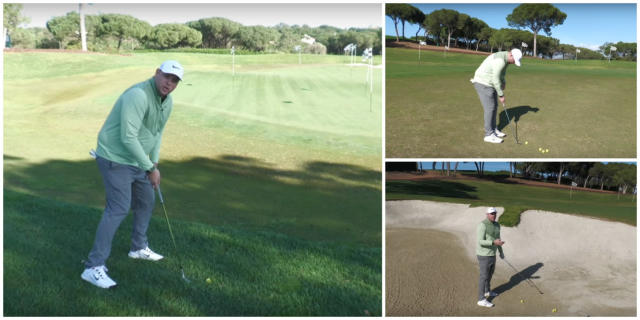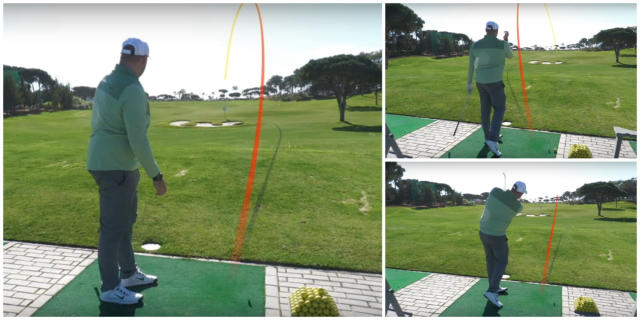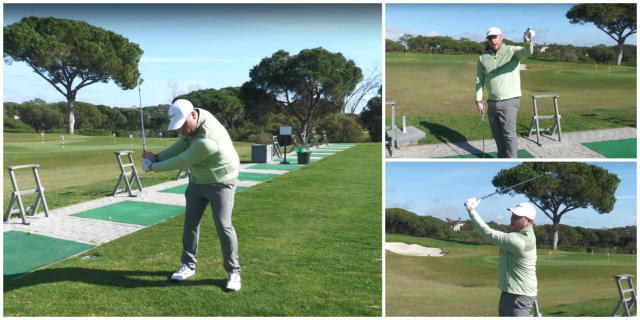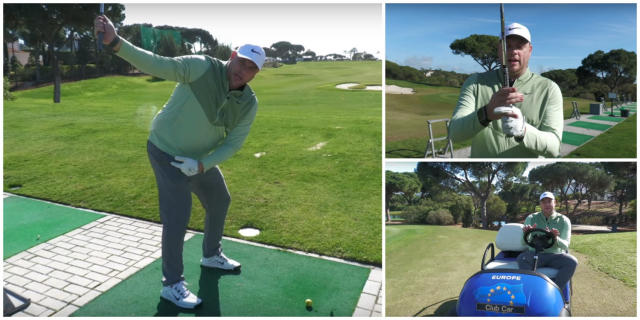How to Choose the Right Putter
There can be more to choosing a putter than you think especially with custom fit options available. Golfshake takes a look at why choosing the right putter is important and how you could potentially save shots off your game.
How to choose the right putter?
Different putters are designed and made with a multitude of different features and attributes, but they generally fall into two different categories; face balanced and toe weighted. These two different design styles have a significant impact on how the putter works and as a result the type of stroke that suits either putter.
Face balanced putter
The first thing to note is that these tend to be Mallet putters although this is not exclusively the case. In order to identify a face balanced putter you can lay the putter on a table with the head hanging over the edge, if it is face balanced the face will point upwards. Face balanced putters are designed to keep the head square throughout the stroke. This means that if you are a player that putts with a straight back straight through action a mallet putter or face balanced equivalent would be better suited to you as it will help you keep the face square to the target for longer.
Blade or toe weighted putter
These tend to have more weight in the toe of the putter helping the putter to swing open on the way back to square and then closed on the way through. This is commonly referred to as the ‘barn door’ action. Many of the world’s top pros putt with this action, although not all. You can identify a toe weighted putter by conducting the same experiment as the face balanced putter and laying the putter on a table with the head hanging over the edge. If the toe points down to the ground it is toe balanced.
Putter styles and how they relate to the sweetspot
The design of a head and where the shaft enters the head can make a big difference in where the sweetspot is located on a putter. Over the last few decades manufacturers have made impressive strides in creating larger and larger sweetspots on putters. This started with Ping and its heel/toe weighted Anser. A heel/toe weighted putter helps to stabilise the putter throughout the stroke and creates a larger centred sweet spot.
As Mallet putters tend to be face balanced they also have a centred sweet spot whereas a blade style putter tends to have a shaft entering the head in the very edge of the heel, much like a normal iron. This means the sweet spot tends to be towards the heel. If you hit a lot of putts out of the heel a blade could be the right choice for you.
Make sure you find the correct putter length
The length of a putter can be all important, your performance will be consistently better with your putter when you can free your arms and simply let them hang. It is important to remember that even if you are tall, you may have longer arms and in fact need a short putter and the opposite might be true if you are under average height. It is also important that you grip the putter with your top hand fully on the grip. If your putter is too short and your top hand creeps over the end of the club your will be losing vital control.
What putter weight is right for you?
Putter weight is a crucial part of choosing the right putter. Some putters will just feel right when you pick them up and you may just feel that they have a great balance in your hands. You may choose to just leave the weight at that, but there are other considerations to make. A heavy putter will be better suited to fast, summer greens. The weight of the putter means that you can swing back and through and keep the stroke online simply through the weight of the putter. A lighter putter is better suited to slow, winter greens, It will encourage you to swing the putter more aggressively and have greater control over the club head. This promotes a better roll and more controlled stroke.
Want your putter to sit square? Make sure the lie is correct
It is important that when you hang your arms freely the sole of the putter sits flat on the ground. If it has the toe or heel off the ground it will sit closed or open. This means that you will have to manipulate either your alignment or stroke to get the ball rolling in the right direction; this never leads to regular holing of putts. It is vitally important that the lie is fitted correctly for you at purchase as bending a putter head or shaft to alter lie is a risky business and more often than not will lead to the putter not being square, so make sure you have this correct first time.
Ask advice, try as many as you can and get fitted!
Putter fitting is an underrated and underdeveloped art in the UK and European golf markets. Putting accounts for 35-50% of shots that we hit, often we spend little time in paying attention to our putters and their setup. It may well be worth spending a good amount of time choosing your next putter. Your local pro will point you in the right direction or you could opt for a specialist fitting session.
Related Content: top tips custom fitting custom fit

